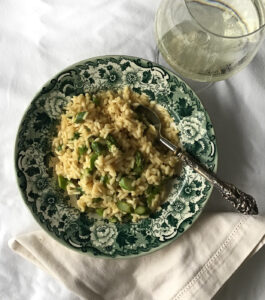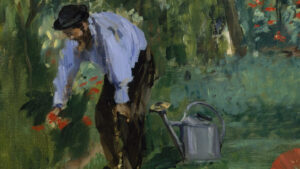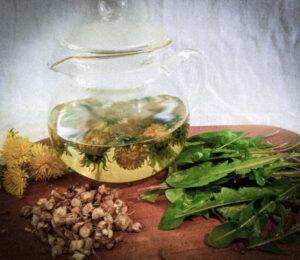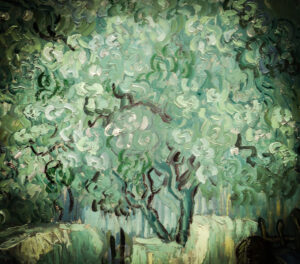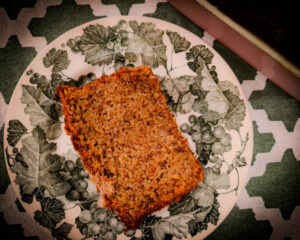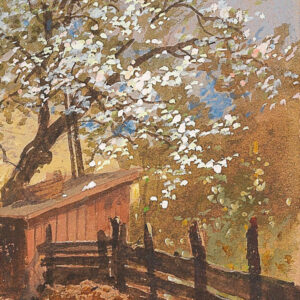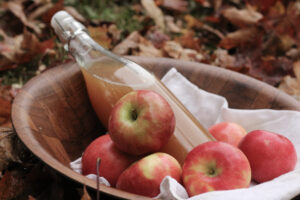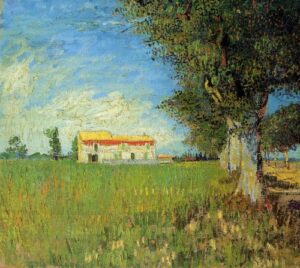Kasztanowy
Winter Chestnut Liqueur

Dr. Ryan Hanning
Sometimes we encounter conspiracies of grace that are too obvious to be doubted. These fleeting moments of alignment between heaven and earth can be as mystifying as they are humorous. Such was my first introduction to
kasztanowy, a chestnut-based liqueur enjoyed by Italians and Poles, particularly during winter — it has, shall we say, a warming effect. We had recently moved to our new homestead, which we had purchased sight unseen, and discovered that the large trees we had spotted in the picture were indeed chestnuts. These formidable nuts fall from their spiky, burred fortresses each autumn, and, before we knew it, we amassed over two hundred and fifty pounds. Blessed by our new and unexpected bumper crop we decided to turn the bulk of it into flour. We spent countless hours processing the nuts, helped by the able hands of all of our children — cutting, boiling, and hand peeling the hard skin, then roasting and grinding them into powdery goodness. By the end of the season, we had converted most of the nuts into flour. That same month, shortly after our chestnut harvest, I left for Poland to teach, and to visit one of my graduate professors. On a beautiful evening, I found myself with a group of colleagues in the Poznan countryside overlooking the magnificent hills that roll on toward Germany. I was struck by the beauty of the place. I felt at home and homesick at the same time. Hay bales stacked in pyramids, lush grass, and an abundance of wild berries and grapes lined the space between forest and pasture. That night we were privileged to join our host for dinner, and for evening prayer in their beautiful home chapel. Afterwards, I felt less homesick. I met the groundskeeper — regrettably I cannot remember his name — a wonderful, elderly man who spent a quiet life of solitude and prayer on the property. He didn’t speak much, and when he did it was strong yet peaceful. I asked about the berries and the young and mature nut trees that were around the property. I told him that we had more nuts than we knew what to do with. At least that is what I hope I told him. I kept the questions basic, due to my limited Polish. “Do you eat them?” “Yes,” he replied, “but more as well.” His countenance held a look of innocent pride, as he bid us farewell. My curiosity was piqued at his “more as well” — an enigmatic hint as to what would follow that night. In the kitchen of our gracious host, we were presented with an assortment of drinks that were all made completely on the property by the caring hands of the groundskeeper. Not for sale, export or gain, but for the enjoyment and leisure of others. The groundskeeper was an alcoholic but, praise God, sober for over thirty years. He retained an appreciation for the craft, and before us lay a collection of his work. Winiak – brandy, cydr – cider, miód pitny – mead (literally meaning “drinkable honey”), as well as a flat decanter bottle with a large hand-written note attached to its neck:“Kastanowy 2017”. I had never heard of kastanowy, but the smell of fresh nuts, vanilla, and subtle spice was enough to get my attention. It may have been the setting or the charm of rural craftsmanship, but that drink felt like home. Sensing my admiration and having failed to find the proper translation, he went to the pantry to reveal the source of this enchanting elixir. In his hands, he carried about a dozen chestnuts. The phlegmatic in me tends not to over-spiritualize things, but I felt that there was some ironic lesson being presented to me in that moment. The sheer gratuity of God’s goodness! I thought of the Passovers spent with Jewish friends when they joyfully recite the narrative of appreciation for the Lord’s goodness, saying deyanu – it would have been enough. It would have been enough Lord that you gave us a home with beautiful chestnut trees. It would have been enough Lord that you gave us an abundant harvest that can provide food for our family. It would have been enough that you brought me to Poland to enjoy the fellowship of new friends. But now you have also let me enjoy the fruit of their land and work of their hands. Deyanu! On the back side of the label was the recipe and notes for kasztanowy – chestnut liqueur from the caretaker himself. I share it with you in the hopes that you might also enjoy the fruits (or nuts, as the case may be) of the land.— Ryan
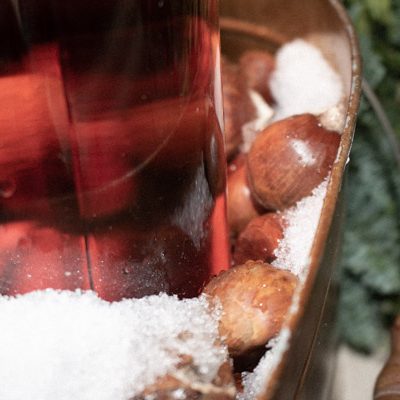
Kasztanowy

What You Need
500 milliliters water
400 grams sugar
500 milliliters good brandy (90 proof or higher)
250 grams raw edible chestnuts (cut into quarters with the skin on)
250 grams roasted or steamed chestnuts (peeled and quartered)
What You Do
- Heat the water, stirr in the sugar to dissolve, and let cool.
- Add the brandy, vanilla bean, and chestnuts, and mix thoroughly.
- Place the entire mixture into a jar, seal well, and put in a dark place for four to six weeks.
- Strain entire contents through a fine filter into a bottle.
- Seal and let age for an additional month, or more.
- Enjoy with your friends (Or strangers you are hoping will become friends.).
Some options:
You can use rum as the base and reduce the added sugar.
You can use vodka as a base and add an additional 250 grams of sugar to the finished product.
After filtering, you can add the peeled chestnuts back into a portion of the mixture and blend to make a cream liqueur. Note that the shelf life of the cream liqueur is limited and it should be refrigerated.
You can call it liqueur castagne instead of kastanowy (if you’re feeling in more of an Italian mood than Polish).



